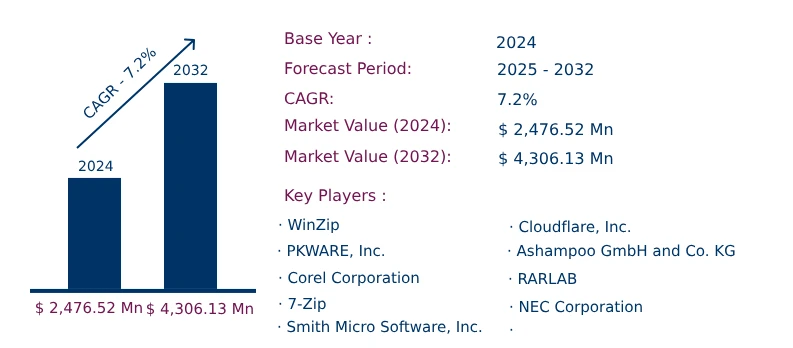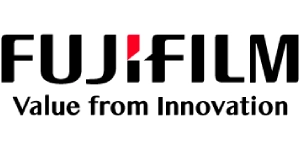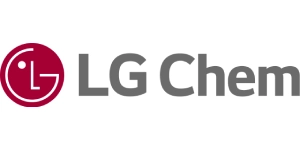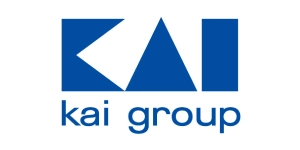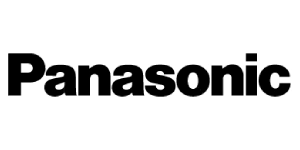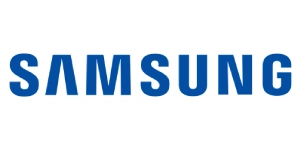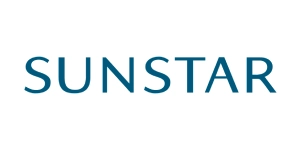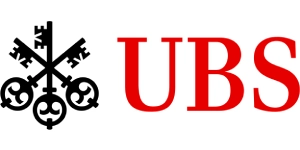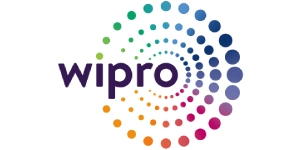Global Data Compression Software Market to Reach USD 4,306.13 Million by 2032 | CAGR of 7.2%
Category : IT And Telecommunications | Published Date : Jan 2025 | Type : Press Release
Data Compression Software Market Scope & Overview:
As per the Consegic Business Intelligence newly published report, the Data Compression Software Market size was valued at USD 2,476.52 million in 2024 and is projected to grow at a CAGR of 7.2%, reaching USD 4,306.13 million by 2032. Data compression software enables the reduction of digital file sizes while maintaining their quality or functionality. These tools optimize storage, accelerate data transfer, and enhance bandwidth usage across industries such as IT, healthcare, and media.
Data compression technologies support various methods, including lossless and lossy techniques, catering to diverse use cases like archival, streaming, and enterprise communication. The software is essential for efficient data handling, improving workflows, and supporting seamless digital operations.
The report comprises the Data Compression Software Market Share, Size & Industry Analysis, based on Type (Lossless Compression, Lossy Compression), Deployment Mode (On-Premise, Cloud-Based), Organization Size (Small & Medium Enterprises, Large Enterprises), End-User Industry (IT & Telecom, Media & Entertainment, Healthcare, BFSI, Retail, Manufacturing, Others), and Region (North America, Europe, Asia-Pacific, Latin America, Middle East & Africa), and Forecast, 2025-2032.
The report contains detailed information on Data Compression Software Market Trends, Opportunities, Value, Growth Rate, Segmentation, Geographical Coverage, Company Profiles, In-depth Expert Analysis, Revenue Forecast, Competitive Landscape, Growth Factors, Restraints or Challenges, Environment & Regulatory Landscape, PESTLE Analysis, PORTER Analysis, Key Technology Landscape, Value Chain Analysis, and Cost Analysis.
Rising data generation across industries and growing adoption of edge computing solutions are driving the market.
Segmental Analysis :
Based on type, the market is segmented into Lossless Compression and Lossy Compression.
- The lossless compression segment dominated the market in 2024, driven by its critical role in retaining data integrity, essential for industries like BFSI and healthcare.
- The lossy compression segment is anticipated to grow at the fastest rate, supported by its widespread adoption in media and entertainment applications like video streaming and image storage.
Based on deployment mode, the market is divided into On-Premise and Cloud-Based.
- The cloud-based segment accounted for the largest revenue share in 2024, driven by its scalability and seamless integration with cloud platforms like AWS and Google Cloud.
- Cloud-based solutions are expected to grow at the fastest CAGR, fueled by their affordability and remote accessibility for SMEs and large enterprises alike.
Based on organization size, the market is segmented into Small & Medium Enterprises (SMEs) and Large Enterprises.
- The large enterprises segment held the largest share in 2024, supported by their need for robust data management systems to handle large-scale operations.
- The SMEs segment is projected to grow at the fastest rate, driven by the rising trend of digital transformation and flexible subscription models for compression solutions.
Based on end-user industry, the market is segmented into IT & Telecom, Media & Entertainment, Healthcare, BFSI, Retail, Manufacturing, and Others.
- The IT & telecom segment dominated the market in 2024 with a 31.4% revenue share, attributed to its reliance on compression tools for bandwidth optimization and efficient data transmission.
- The media & entertainment segment is expected to grow at the fastest CAGR, fueled by the proliferation of video-on-demand platforms and advanced multimedia compression technologies.
Based on regions, the market is segmented into North America, Europe, Asia-Pacific, Middle East and Africa, and Latin America.
- Asia-Pacific: Accounted for the largest market share in 2024, driven by rapid industrial expansion and technological advancements in China, Japan, and South Korea.
- North America: Expected to grow significantly due to high data generation and innovations in compression algorithms in the U.S. and Canada.
| Report Attributes | Report Details |
| Study Timeline | 2019-2032 |
| Market Size in 2032 | USD 4,306.13 Million |
| CAGR (2024-2031) | 7.2% |
| Type | Lossless Compression, Lossy Compression |
| Deployment Mode | On-Premise, Cloud-Based |
| Organization Size | Small & Medium Enterprises, Large Enterprises |
| End-User Industry | IT & Telecom, Media & Entertainment, Healthcare, BFSI, Retail, Manufacturing, Others |
| By Region | North America(U.S., Canada, Mexico) Europe(U.K., Germany, France, Spain, Italy, Russia, Benelux, Rest of Europe) APAC(China, South Korea, Japan, India, Australia, ASEAN, Rest of Asia-Pacific) Middle East & Africa(GCC, Turkey, South Africa, Rest of MEA) LATAM(Brazil, Argentina, Chile, Rest of LATAM) |
Top Key Players & Competitive Landscape :
The competitive landscape encompasses major innovators, aftermarket service providers, industry giants, and niche players, all of which are thoroughly examined by Consegic Business Intelligence in terms of their strengths, weaknesses, and value-addition potential. This report includes detailed profiles of key players, market share analysis, mergers and acquisitions, resulting market fragmentation, and emerging partnership trends and dynamics.
List of prominent players in the Data Compression Software Industry:
- WinZip (Canada)
- PKWARE, Inc. (USA)
- Corel Corporation (Canada)
- 7-Zip (Igor Pavlov) (Russia)
- Smith Micro Software, Inc. (USA)
- Cloudflare, Inc. (USA)
- Ashampoo GmbH & Co. KG (Germany)
- RARLAB (Eugene Roshal) (Russia)
- NEC Corporation (Japan)
Recent Industry Developments :
- December 2024: Reticulate Micro and K2 Endeavor announced RMX, combining military-grade video compression with advanced telecom solutions for enhanced connectivity.
- June 2024: STMicroelectronics introduced TouchGFX 4.22 with lossless compression algorithms, optimizing memory use for advanced design applications.
